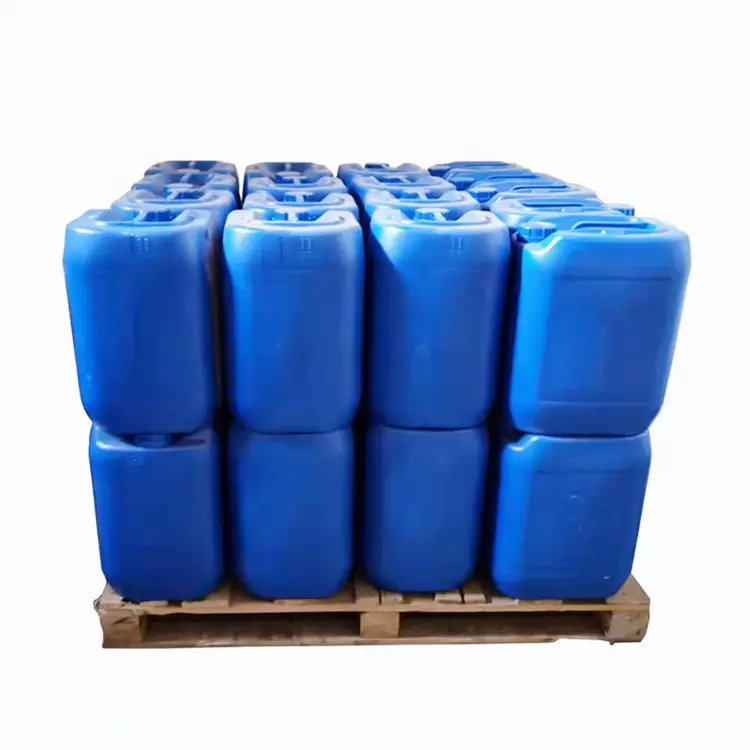Dioctyltin dimercaptoacetate is an important organotin compound, which is widely used in plastic stabilizers, catalysts and other fields because of its excellent thermal properties. It has attracted much attention due to its stability and good processing performance. Its preparation method usually involves multi-step chemical reactions, and a typical synthesis process will be introduced in detail below.
Initial raw material preparation
The preparation of dioctyltin dimercaptoacetate first requires the preparation of a series of chemical raw materials, mainly including ethanol, concentrated hydrochloric acid, sodium chloride, C7-C8 fatty alcohol (such as isooctyl alcohol), metallic tin, hydrogen chloride gas, methyl acrylate , thioglycolic acid, benzene, 2-ethylisooctyl chloroacetate, ion exchange resin, toluene, carbonate, sodium thiosulfate and water. These raw materials play different roles in the synthesis process, such as providing reactive groups, adjusting the pH value of the reaction medium, and serving as catalysts or solvents.
Overview of preparation steps
1. Synthesis of dioctyltin dichloride
First, dioctyltin dichloride is prepared by reacting dioctyltin with hydrogen chloride in an appropriate solvent. This process is often carried out under heating conditions and requires good stirring to promote complete reaction. After the reaction is completed, pure dioctyltin dichloride is isolated by filtration or distillation.
2. Synthesis of isooctyl thioglycolate
Next, isooctyl thioglycolate is synthesized through a two-step reaction of esterification and thiolation. In the esterification stage, chloroacetic acid and isooctyl alcohol react under the action of a catalyst to form the corresponding ester. Subsequently, thiolation is carried out through the Bunte salt method to convert the ester into thioglycolic acid ester. The yield of the product in this step can reach 91.5%, and the purity reaches 98.5%.


3. Synthesis of bis(isooctyl thioglycolate) di-n-octyltin
The final step is to react dioctyltin dichloride with pre-synthesized isooctyl thioglycolate to form the target product dioctyltin dimercaptoacetate. This step is usually carried out in a four-neck flask equipped with an electric stirrer, constant pressure funnel, thermometer and condenser tube to ensure controllable reaction conditions. Add a suitable solvent to the reaction system and heat it at an appropriate temperature to replace the chlorine atom with the mercapto group of isooctyl thioglycolate to generate the final product.
Post-processing and purification
After completing the above reaction, the product needs to be post-processed and purified. This usually includes precipitation, filtration, washing to remove unreacted materials and by-products, and then further purification by vacuum distillation or column chromatography to obtain high purity dioctyltin dimercaptoacetate.
Safety and environmental considerations
When performing such chemical synthesis, strict laboratory safety practices and personal protective equipment must be worn, as organotin compounds and their precursors can be toxic. In addition, considering environmental protection, waste generated during the synthesis process should be properly disposed of to avoid environmental pollution.
Conclusion
The preparation of dioctyltin dimercaptoacetate is a complex chemical process involving a variety of chemical reactions and operating steps. By precisely controlling the reaction conditions and optimizing the synthesis route, the yield and purity of the product can be effectively improved to meet the demand for high-quality organotin compounds in different application fields. With the advancement of science and technology, more environmentally friendly and efficient synthesis methods are constantly being explored to meet the requirements of sustainable development.
Extended reading:
Extended reading:
DMCHA – Amine Catalysts (newtopchem.com)
Dioctyltin dilaurate (DOTDL) – Amine Catalysts (newtopchem.com)




